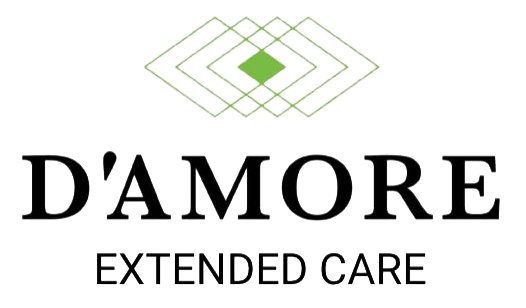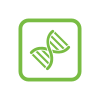
Get help For Thought Disorders
Schizophrenia and Schizoaffective Disorder can be deeply challenging, but with the right treatment and support, reclaiming a fulfilling life is entirely within reach. At D’Amore Mental Health, we stand as a beacon of hope, offering premier outpatient treatment for these disorders in Orange County, CA. Through evidence-based interventions, adaptive coping techniques, and comprehensive care, we empower individuals to navigate the complexities of their conditions and step into a life of wellness and purpose.
At D’Amore Mental Health, we champion individualized and empathetic care for those seeking treatment for Schizophrenia and Schizoaffective Disorder in Orange County, CA. Our devoted team of psychiatrists, therapists, and support staff are unwavering in their commitment to guiding you or your loved one on the path to recovery.































